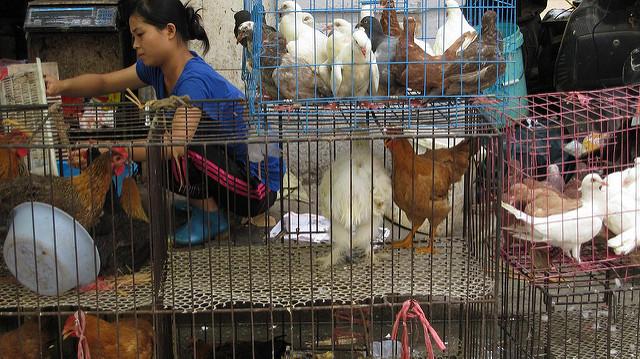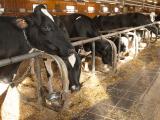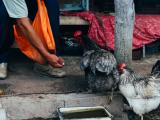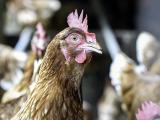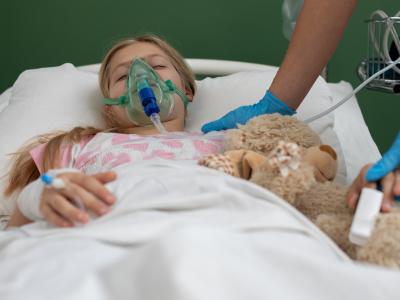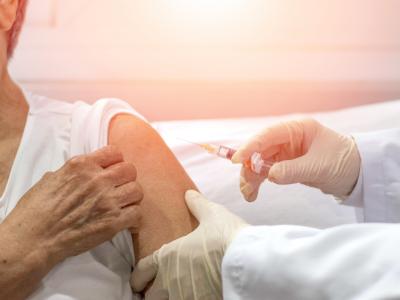The World Health Organization (WHO) in two new reports weighed in on 84 recently reported H7N9 avian influenza infections reported by China, including a recent imported case from Hong Kong, noting three possible human-to-human illness clusters.
In the overviews, posted yesterday and today, the WHO covered cases reported between Feb 24 and Mar 10. China is experiencing its fifth and biggest wave of H7N9 activity, which surged dramatically in December and peaked in February.
Though cases are starting to decline, China continues to report new infections, such as a case from the city of Chongqing reported today by Hong Kong's Centre for Health Protection (CHP).
Clusters include family members, hospital patient
Of the 84 patients noted in the WHO updates, illness onsets ranged from Feb 24 to Mar 4. Fourteen deaths were reported, and for patients with available clinical information, 60 have pneumonia or severe pneumonia. One had a mild infection.
Sixty-five patients had exposure to poultry or live-poultry markets, and six had no known poultry exposure. Investigations are still under way for how 10 of the patients were exposed to the virus.
Of the three clusters, two involve people from Anhui province. One cluster of three patients includes a 29-year-old man who had been exposed to live poultry and was hospitalized for a severe pneumonia. His 58-year-old father who helped care for the man also got sick but had also been exposed to live poultry. The cluster also includes a 62-year-old woman who was in the same hospital ward as the younger man and who died from her illness.
The second cluster includes a 60-year-old grandfather and his 10-year-old grandson, both of whom had also been exposed to live poultry. The grandfather died from his illness.
The third cluster involves a 40-year-old man from Jiangsu province and his 63-year-old mother who works as a poultry in Zhejiang province. Both had been exposed to poultry before they became ill, but the mother also had contact with her son, raising the possibility of human-to-human spread.
The WHO has noted that small clusters for which human-to-human transmission can't be ruled out have been reported before, even in patients on the same hospital ward, there's still no evidence that H7N9 has gained the capacity for sustained spread and that the likelihood of further community spread is considered low.
New case in southwestern China
In a separate report today, Hong Kong's CHP, citing mainland officials, said a second case has been reported in Chongqing, a municipality in southwestern China. The patient is a 43-year-old man from Fengjie County, the same area where the city's first case was reported last week.
The man had contact with poultry before he became ill and is receiving treatment in the hospital.
It's unclear exactly how many cases have been reported in China's fifth wave, but it is more than 500.
In its update today the WHO said since the virus was first detected in humans in 2013, the agency has received reports of 1,307 confirmed cases. Almost all are from China or have links to China.
See also:
Mar 15 WHO report on 58 cases in China and Hong Kong
Mar 16 WHO report on 26 cases in China
Mar 16 CHP statement
